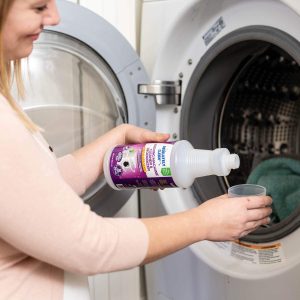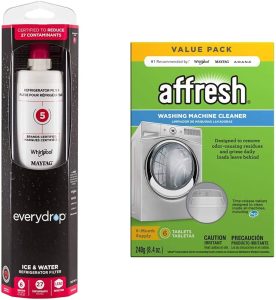Placing Fabric Softener in a Washing Machine without a Dispenser
Introduction
Fabric softener is a popular addition to laundry routines, as it helps soften clothes, reduce static cling, and leave a pleasant scent. However, not all washing machines are equipped with built-in fabric softener dispensers. If your machine lacks this feature, there are alternative methods to ensure proper distribution of fabric softener during the wash cycle. In this comprehensive guide, we will explore different techniques for placing fabric softener in a washing machine without a dispenser. From using a fabric softener ball to diluting fabric softener before adding it to the washer, each method will be outlined with specific instructions to help you achieve optimal results.
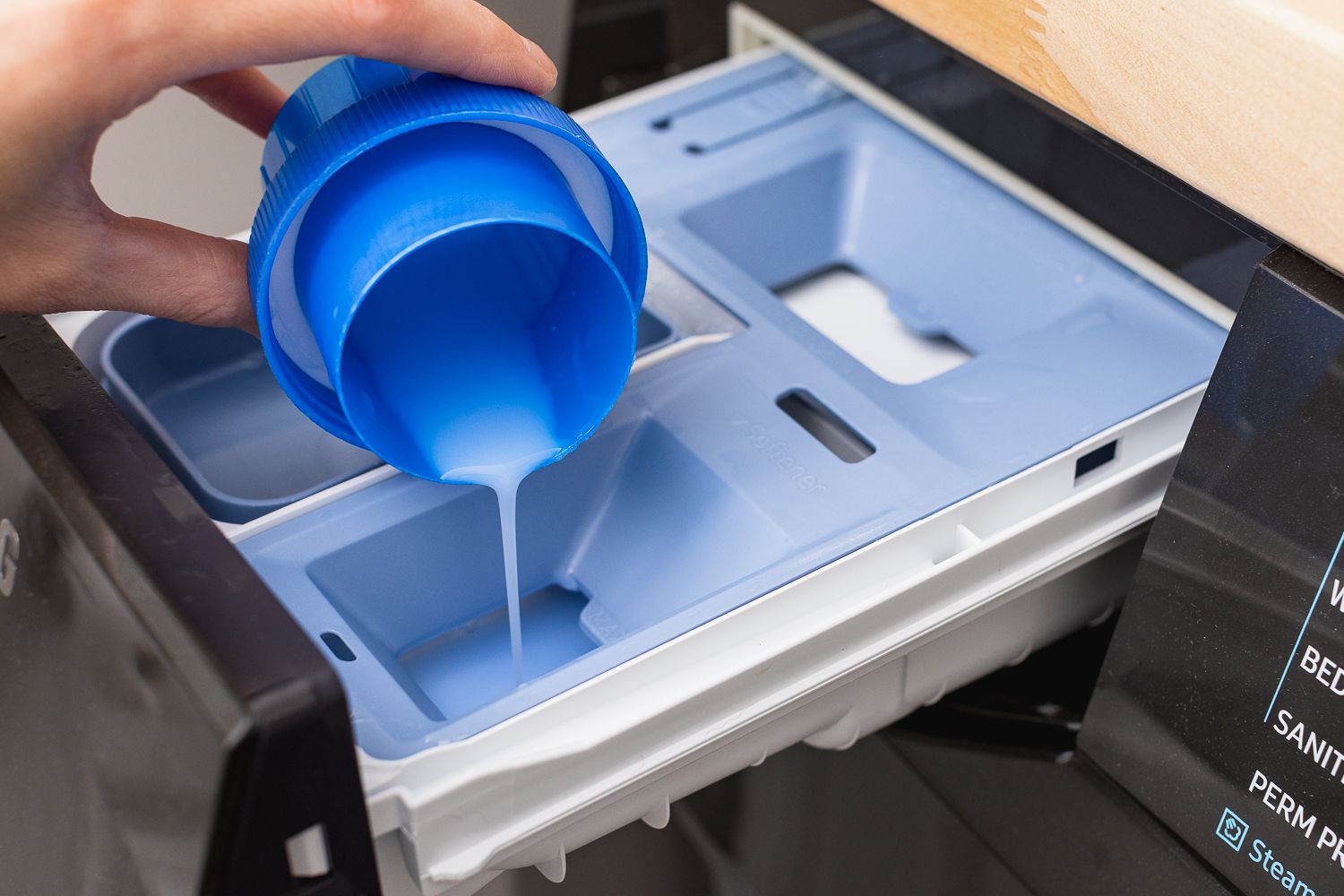
Placing Fabric Softener in a Washing Machine without a Dispenser: Effective Alternatives
I. Fabric Softener Balls for Convenient Dispensing
-
Fabric Softener Ball Overview:
- Fabric softener balls are specially designed to release fabric softener evenly during the wash cycle. These balls contain a compartment where fabric softener can be poured, allowing for controlled distribution of the softener.
-
Load the Washing Machine:
- Place your laundry in the washing machine as usual, ensuring not to overload the machine to allow for proper water and detergent circulation.
-
Fill the Fabric Softener Ball:
- Fill the fabric softener ball with the recommended amount of fabric softener, according to the manufacturer’s instructions. Typically, fabric softener balls have measurement lines or instructions for accurate filling.
-
Add the Fabric Softener Ball:
- Place the fabric softener ball, filled with fabric softener, on top of the clothes in the washing machine before starting the wash cycle. Ensure that the ball is freely moving and not trapped under or between any garments.
-
Run the Wash Cycle:
- Start the washing machine and allow it to complete the wash cycle as usual. The fabric softener ball will release the softener at the appropriate time during the rinse cycle, ensuring even distribution.
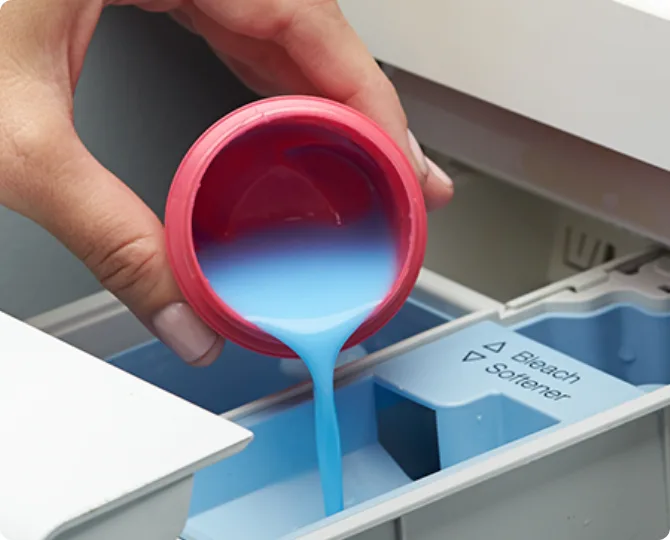
II. Diluting Fabric Softener for Even Dispersion
-
Gather the Materials:
- To dilute the fabric softener before adding it to the washing machine, you will need fabric softener, water, and a container for mixing.
-
Prepare the Dilution Mixture:
- In the mixing container, combine a recommended amount of fabric softener with an equal amount of water. Mix well until the fabric softener is thoroughly diluted.
-
Load the Washing Machine:
- Place your laundry into the washing machine, ensuring not to overload the machine and allowing enough space for water and detergent distribution.
-
Pour the Diluted Softener:
- Pour the diluted fabric softener evenly over the clothes in the washing machine, ensuring that all garments receive an adequate amount for softening.
-
Run the Wash Cycle:
- Start the washing machine and allow it to complete the wash cycle as usual. The diluted fabric softener will disperse throughout the cycle, providing the desired softness and fragrance.
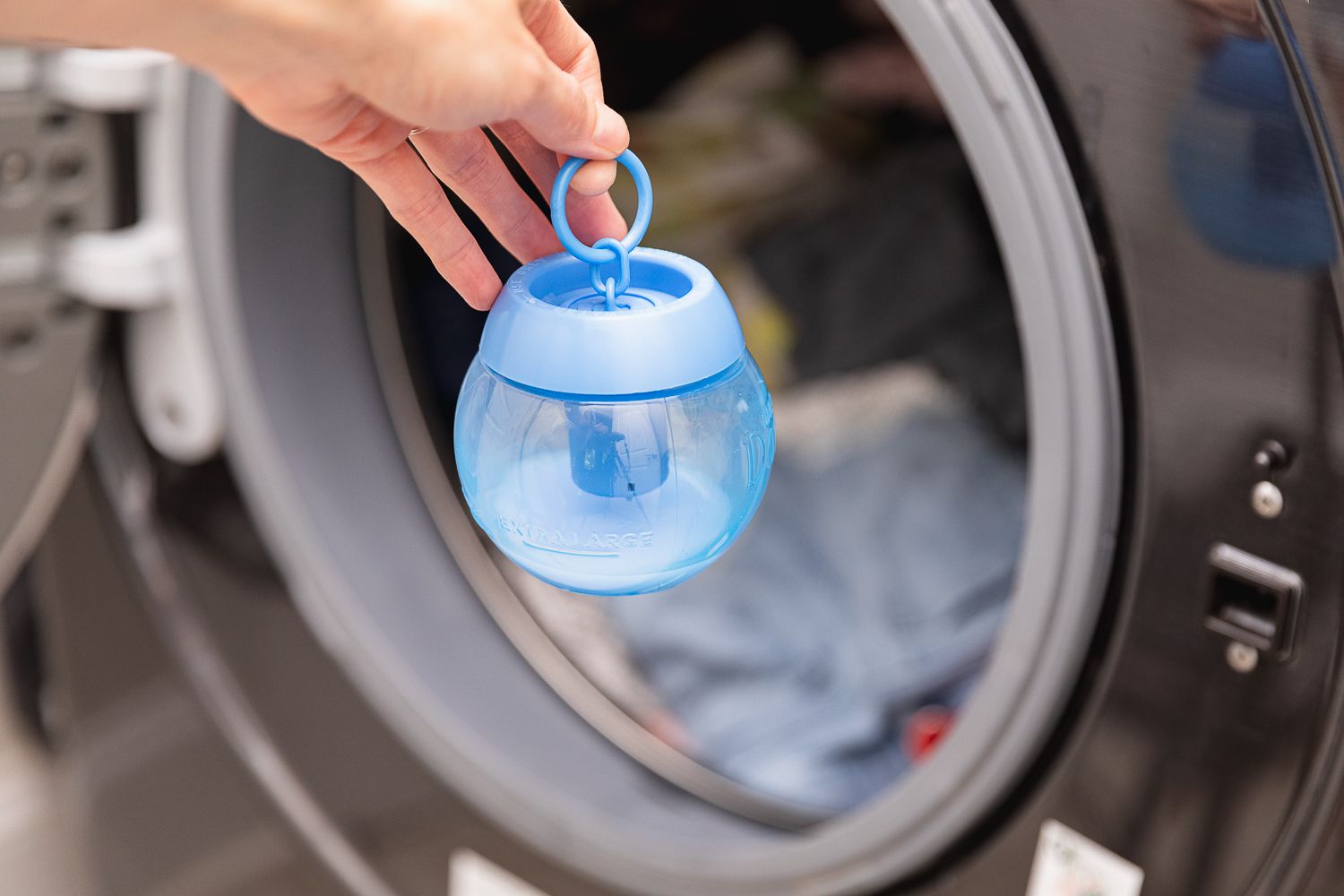
III. Pre-Soaking with Fabric Softener
-
Prepare the Pre-Soak Mixture:
- Fill a sink or bucket with warm water, following the manufacturer’s instructions for the appropriate water temperature. Add the recommended amount of fabric softener to the water and mix well.
-
Pre-Soak the Laundry:
- Immerse the laundry items in the fabric softener and water mixture, ensuring they are fully submerged. Allow the clothes to soak for the recommended amount of time mentioned on the fabric softener packaging.
-
Transfer to the Washing Machine:
- After the pre-soaking period, remove the laundry items from the fabric softener mixture. Squeeze out any excess liquid and transfer the clothes to the washing machine.
-
Load the Washing Machine and Run the Wash Cycle:
- Place the pre-soaked laundry into the washing machine, taking care not to overload the machine. Start the wash cycle as usual, allowing the machine to complete the cycle for clean and softened clothes.
IV. Fabric Softener Sheets for Added Softness
-
Place Fabric Softener Sheets:
- If you do not have a fabric softener dispenser and prefer to use fabric softener sheets, simply add the desired number of sheets to the load of laundry in the washing machine. Ensure the sheets are evenly distributed among the garments.
-
Run the Wash Cycle:
- Initiate the wash cycle and allow the machine to complete the full cycle. The heat and moisture from the washing process will activate the fabric softener sheets, releasing the softening agents onto the clothes.
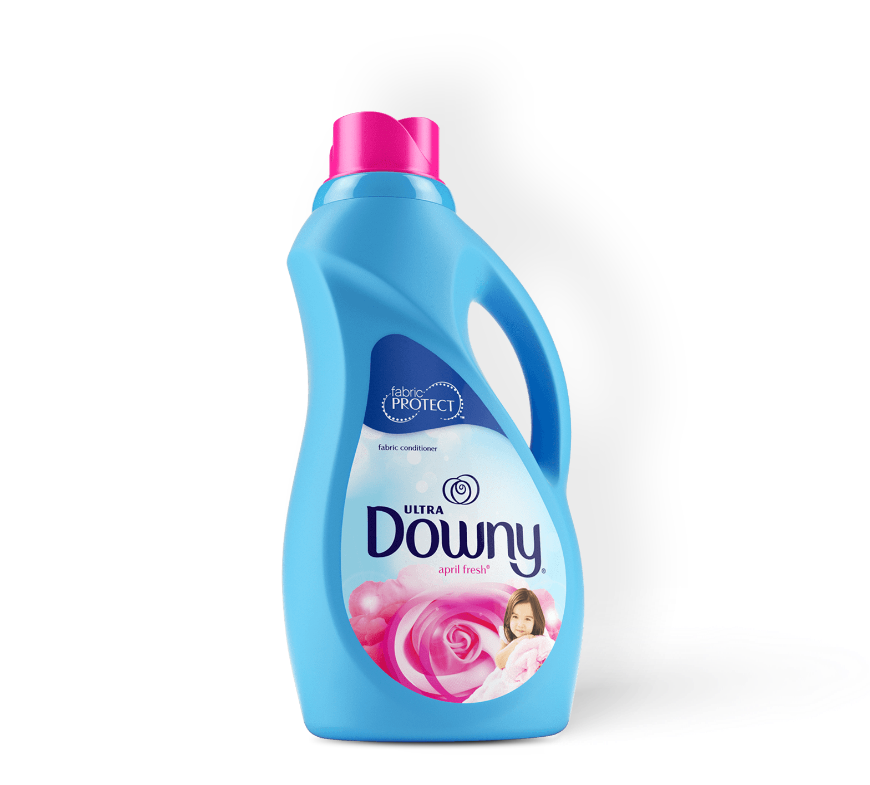
V. Proper Maintenance for Optimal Softness
-
Clean the Washing Machine:
- Regularly clean your washing machine to remove any residue or buildup that may affect the efficiency of fabric softeners. Follow the manufacturer’s instructions or use a washing machine cleaner to ensure proper maintenance.
-
Choose the Right Softener:
- Select a fabric softener that best suits your laundry and personal preference. Consider factors such as scent, hypoallergenic options, and any other specific needs or sensitivities.
-
Follow Fabric Care Labels:
- Always refer to the fabric care labels on your clothing items to ensure compatibility with fabric softeners. Some delicate fabrics may require alternative methods of softening or have specific guidelines to follow.
Eco-Friendly Alternatives to Fabric Softener
-
Vinegar Rinse:
- An eco-friendly alternative to commercial fabric softeners is using white vinegar as a rinse aid. During the rinse cycle, add half a cup of white vinegar to a fabric softener dispenser, if available, or directly to the rinse water. Vinegar helps remove detergent residues, softens fabrics, and reduces static cling.
-
Baking Soda:
- Baking soda can be used as a natural fabric softener alternative. Add half a cup of baking soda to the washing machine during the rinse cycle. It helps neutralize odors, softens clothes, and enhances their freshness.
-
Wool Dryer Balls:
- Replace fabric softeners with wool dryer balls, which are reusable and natural alternatives. Toss a few dryer balls into the dryer with your laundry load. They help soften fabrics, reduce static cling, and decrease drying time by improving airflow.
-
Natural Oils:
- Add a few drops of your favorite natural essential oil, such as lavender or eucalyptus, to a wool dryer ball. As the dryer ball tumbles with the laundry, it will release a subtle scent, imparting a natural and refreshing fragrance to your clothes.
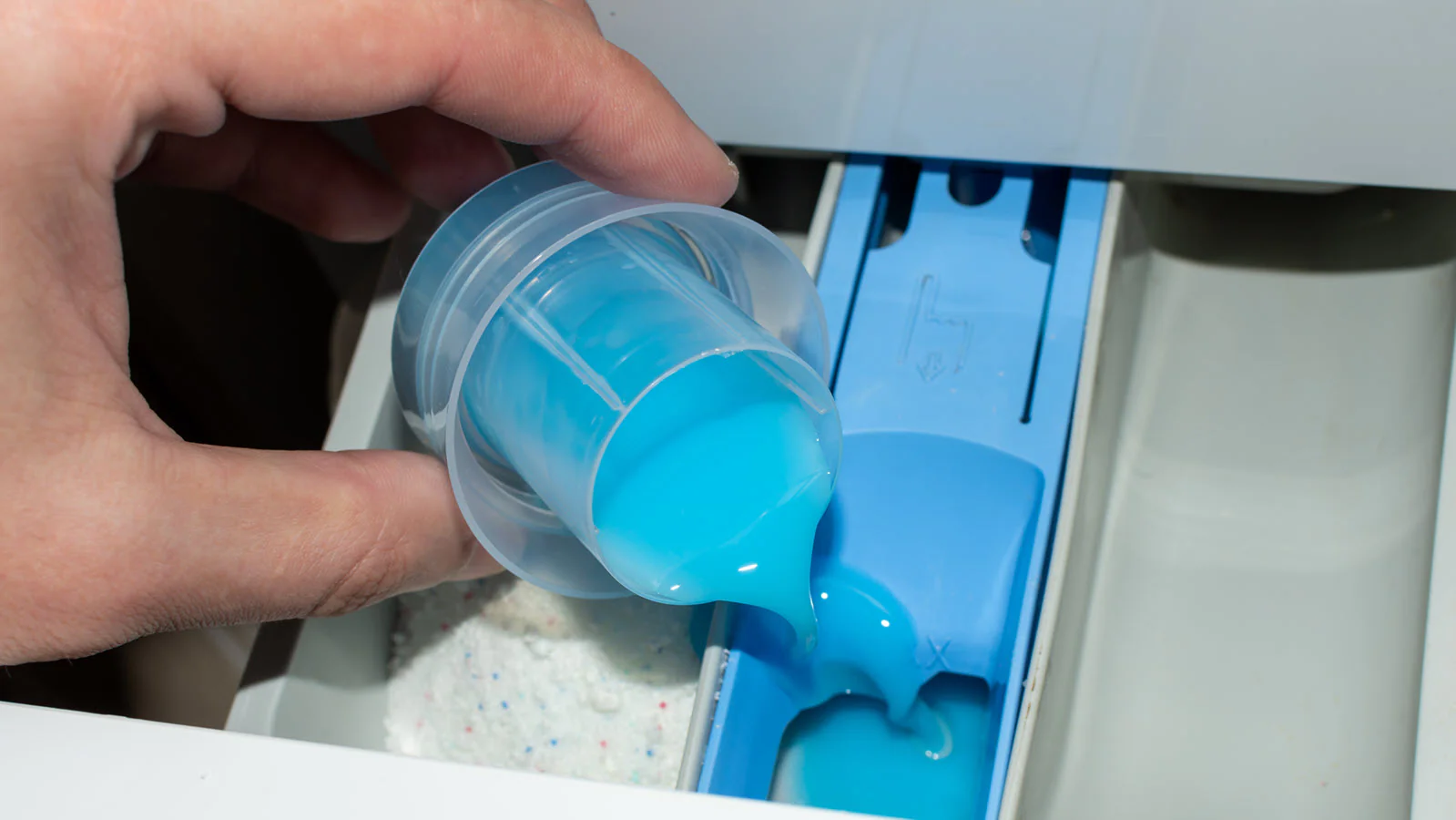
VI. Conclusion: Achieving Softness without a Dispenser
Even without a built-in fabric softener dispenser in your washing machine, achieving soft and comfortable laundry is still possible. By utilizing fabric softener balls for convenient dispensing, diluting fabric softener for even distribution, pre-soaking clothes in fabric softener, or employing fabric softener sheets, you can enjoy all the benefits fabric softeners provide. Remember to properly maintain your washing machine and follow fabric care labels for optimal softness and longevity of your clothes.
Experiment with different methods to find the one that works best for your laundry needs. By incorporating fabric softener into your washing routine, you can elevate the softness, comfort, and fragrance of your clothes, making them a pleasure to wear.
